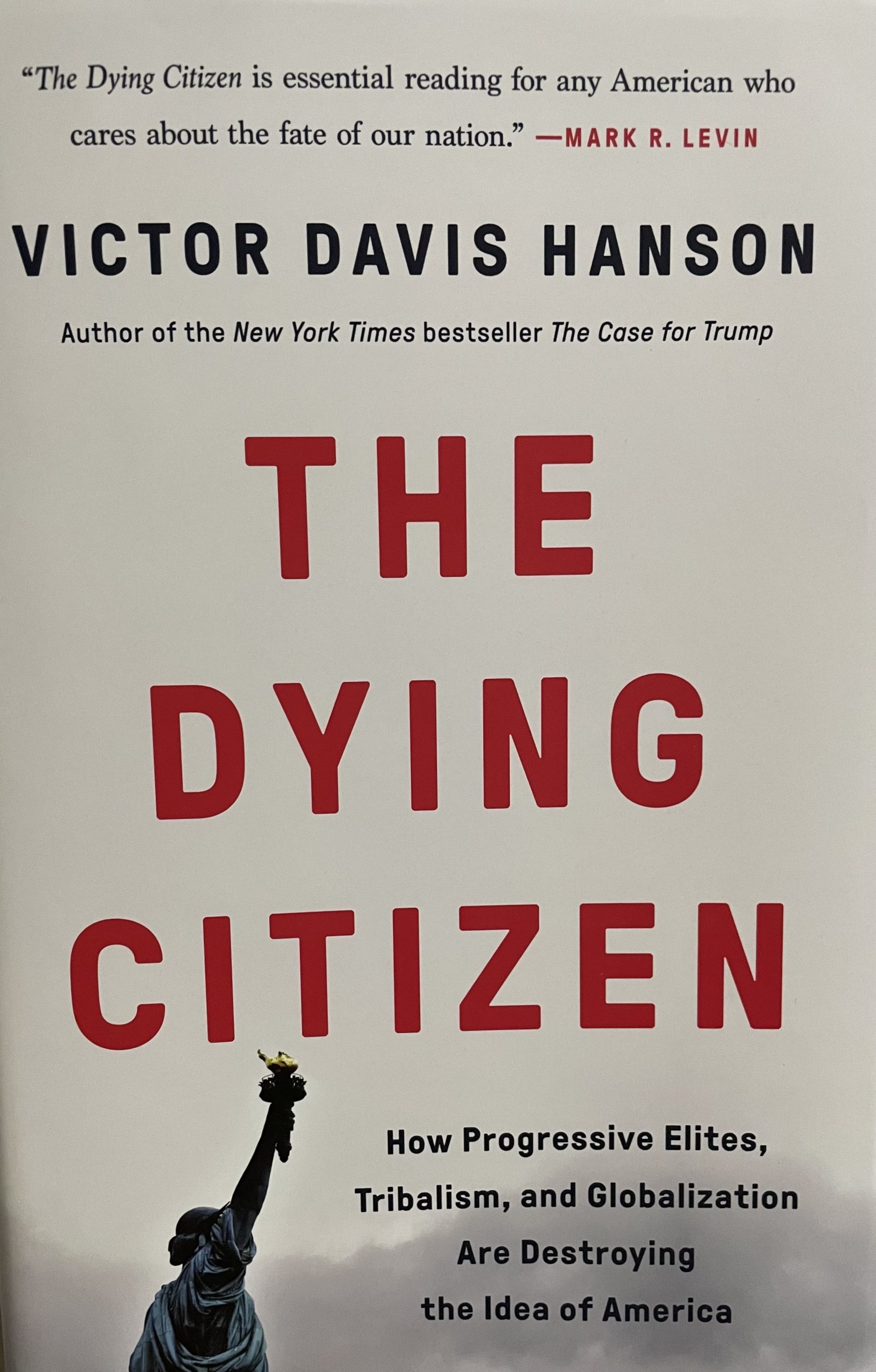Two years ago, the national report, The Silent Epidemic (pdf), heralded America’s growing – but largely unrecognized – high school dropout crisis. Now, this epidemic is silent no more. Educators and policymakers are increasingly vocal about the need to reverse one of our most unsettling educational realities: close to one-third of high school students don’t graduate.
Data released last week by North Carolina’s Department of Public Instruction (DPI) should only heighten our sense of urgency. According to the 2006-07 Annual Report on Dropout Events and Rates (pdf), the number of students who dropped out of school in North Carolina last year is the highest in seven years.
Our state’s annual snapshot of dropout data revealed that 23,550 students left school last year, a dropout rate of 5.24 percent and an increase of 6.2 percent over 2005-06. In Wake and Charlotte-Mecklenburg counties, dropout rates rose by 14.6 percent and 45.7 percent, respectively.
These two sizeable school districts were largely responsible for the state’s 1,370-student uptick in dropouts in 2006-07. Wake County had 210 more dropouts last year than the year before; Charlotte-Mecklenburg’s dropout rate “shot to a six-year high, with an increase of 788 dropouts accounting for more than half the statewide increase,” according to an article in Tuesday’s Charlotte Observer.
In Charlotte, charges of underreporting are swirling around school leaders. An internal audit revealed that more than 600 dropouts were recorded as still enrolled in school, says the Observer. Whether current dropout data are accurate and up-to-date is unknown; the district is still in the process of rectifying breakdowns in the reporting system.
Overall, consensus on the scope of our dropout problem isn’t hard to reach. But ideas for how to fix it run the gamut. Last month, the state Committee on Dropout Prevention awarded seven million dollars’ worth of grants to 60 groups to combat dropouts. Some initiatives – targeting character education, attendance intervention, and parent involvement – seem promising. Other programs, featuring step dancing and “girl power” sound more dubious.
Leaders will undoubtedly attempt to stem the flow of dropouts with legislation raising the compulsory attendance age. While this may be politically palatable, a 2007 report from the Locke Foundation’s Terry Stoops found “no consistent relationship between the maximum compulsory age and graduation and dropout rates.”
At the national level, the dropout crisis hasn’t been a mainstay of presidential campaign discourse. Still, the candidates have their plans. Barack Obama advocates middle school intervention, introducing more time on task, personal academic plans, and teaching teams.
Hillary Clinton wants to spend more than one billion dollars on early intervention, small schools and universal pre-kindergarten programs. John McCain favors an overall education system of “accountability, choice, [and] effective teachers,” where public money follows the student into a school chosen by parents. And Mike Huckabee, a proponent of public school choice and charter schools, has indicated (on a Washington Post issues profile) that he wants students to have personalized
“learning plans” that build on a core curriculum but also
integrate “personal passions and career ambitions into credits toward graduation.”
Kristen Blair works with the North Carolina Education Alliance. This article is excerpted from the NCEA electronic newsletter.










